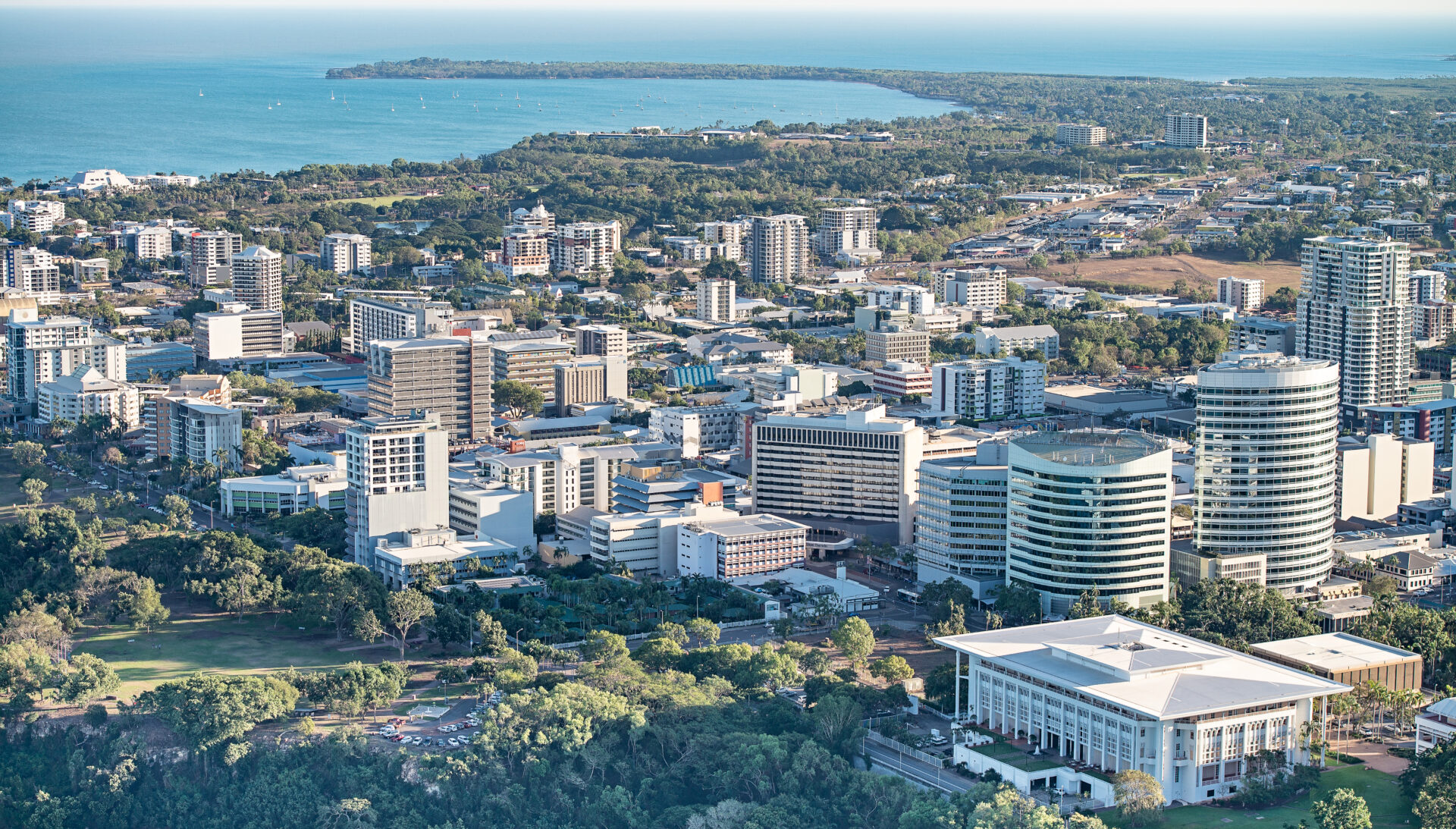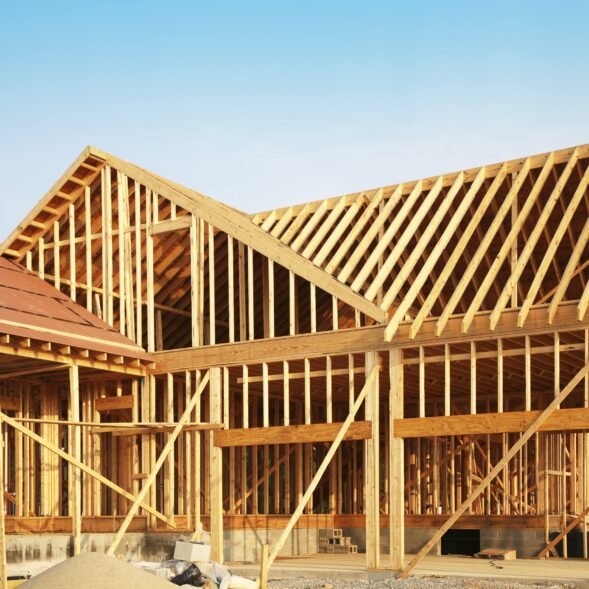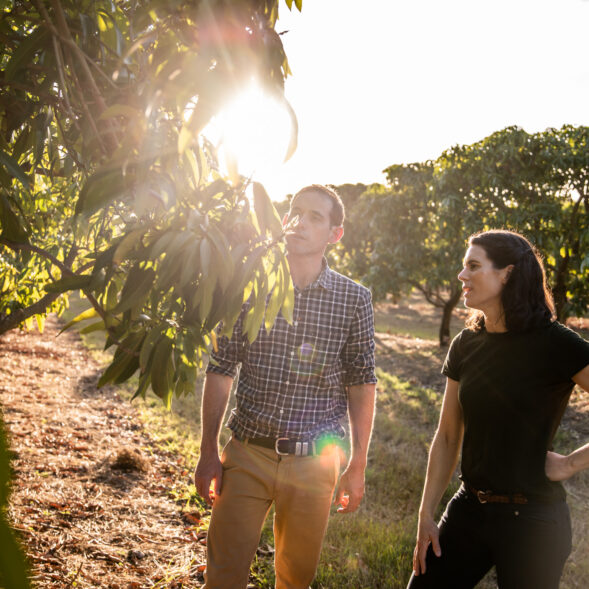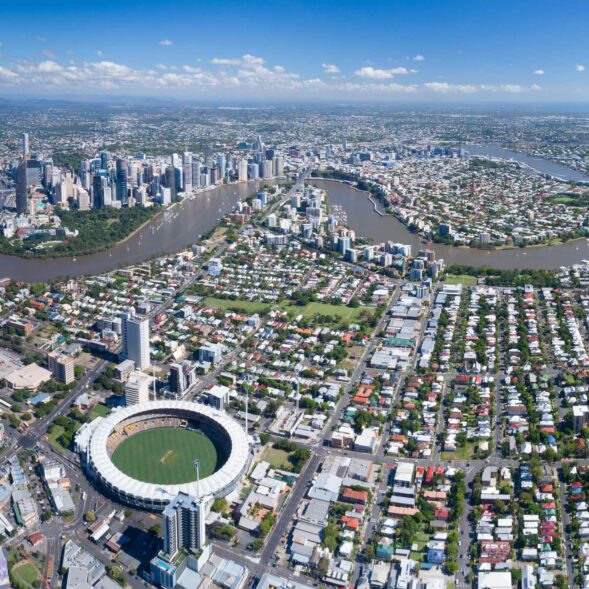Property ownership hits different here; it’s ingrained in our culture as the Australian Dream. However, the dream has become progressively harder for first homebuyers with the double-edged sword of affordability constraints and a severe lack of supply.
State and federal governments recognise this challenge and offer a range of incentives for first homebuyers.
Federally, in the financial year 2024, one in three first homebuyers have taken advantage of the Home Guarantee Scheme which incorporates the First Home Guarantee (FHG), Regional First Homebuyer Guarantee and the Family Home Guarantee. The FHG allows a first homebuyer to secure a property with as little as five per cent deposit without triggering mortgage insurance, with part of the loan secured by Housing Australia up to a maximum of 15 per cent of a property value. The property criteria are broad, ranging from existing dwellings, townhouses and apartments to house and land packages and off the plan apartment purchases with a limit of 35,000 places.
The challenge for first homebuyers is taking advantage of these schemes whilst running up against rising markets. Notwithstanding Melbourne, which bucked the national trend by softening annually by one per cent to August 2024, other capitals, including the traditionally more affordable cities of Brisbane, Adelaide and Perth, are running red hot with annual growth of 19.6 per cent, 19.4 per cent and an astonishing 30.1 per cent respectively. Of course, Sydney’s lack of affordability has been reported for many years now, and the Demographia International Housing Affordability report ranks Sydney as the second least affordable city globally, requiring a 13.3 median multiple (median house price divided by the pre-tax median household income) to enter the market.
According to the nation’s largest lender, CBA, the national average first homebuyer home loan size is now circa $498,000. First homebuyers in metropolitan areas had an average home loan size of $530,000 compared to $403,000 for regionally based first homebuyers.
While the average loan size for regionally based first-time buyers was lower than buyers based in the cities, their average loan-to-value ratio was higher.
The average loan to value ratio for regionally based first-time buyers was 86 per cent in the last financial year – higher than the 82 per cent average loan-to-value ratio for first-time buyers in cities.
While the climate to buy is challenging for first homebuyers, there are opportunities in the capital cities, regional cities and townships throughout Australia. This month we take a look at what the property opportunities look like in your state and what strategies buyers are employing to get their slice of the Australian Dream.
Perron King











